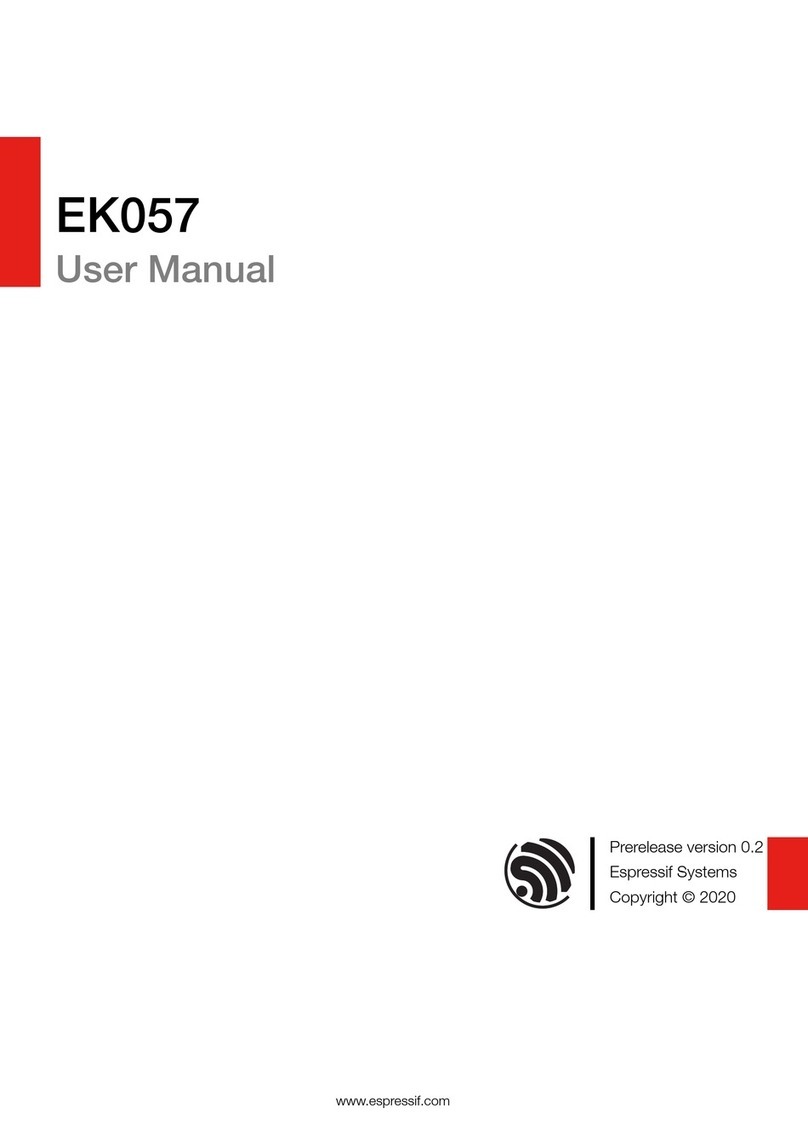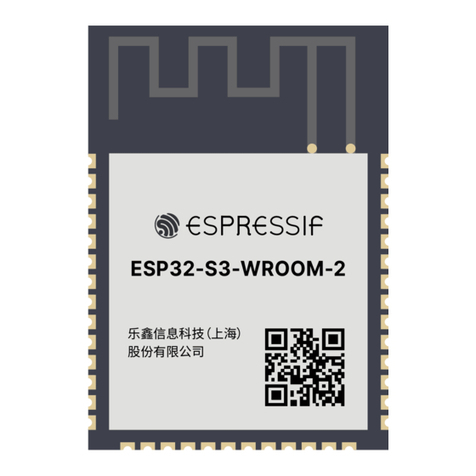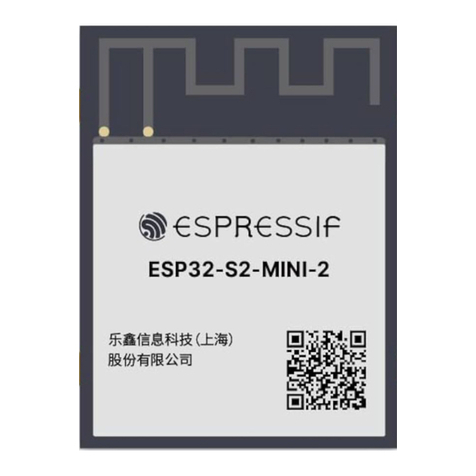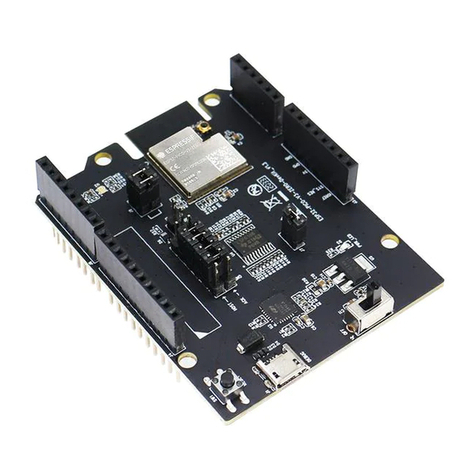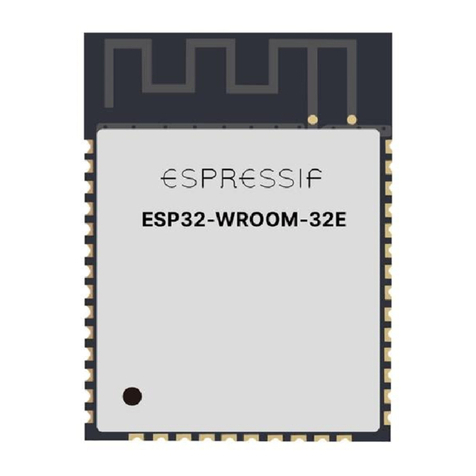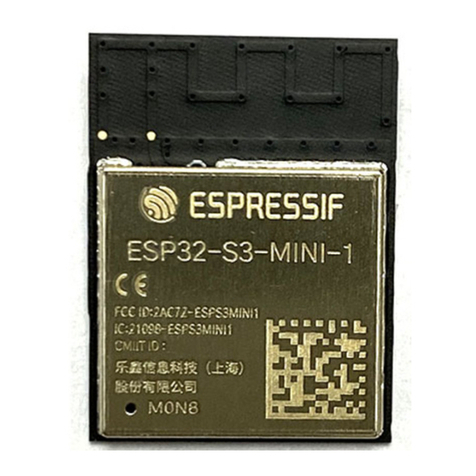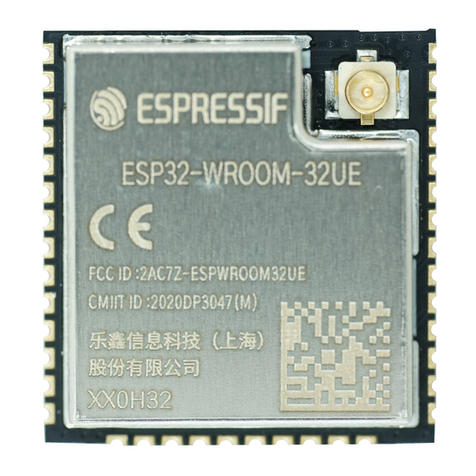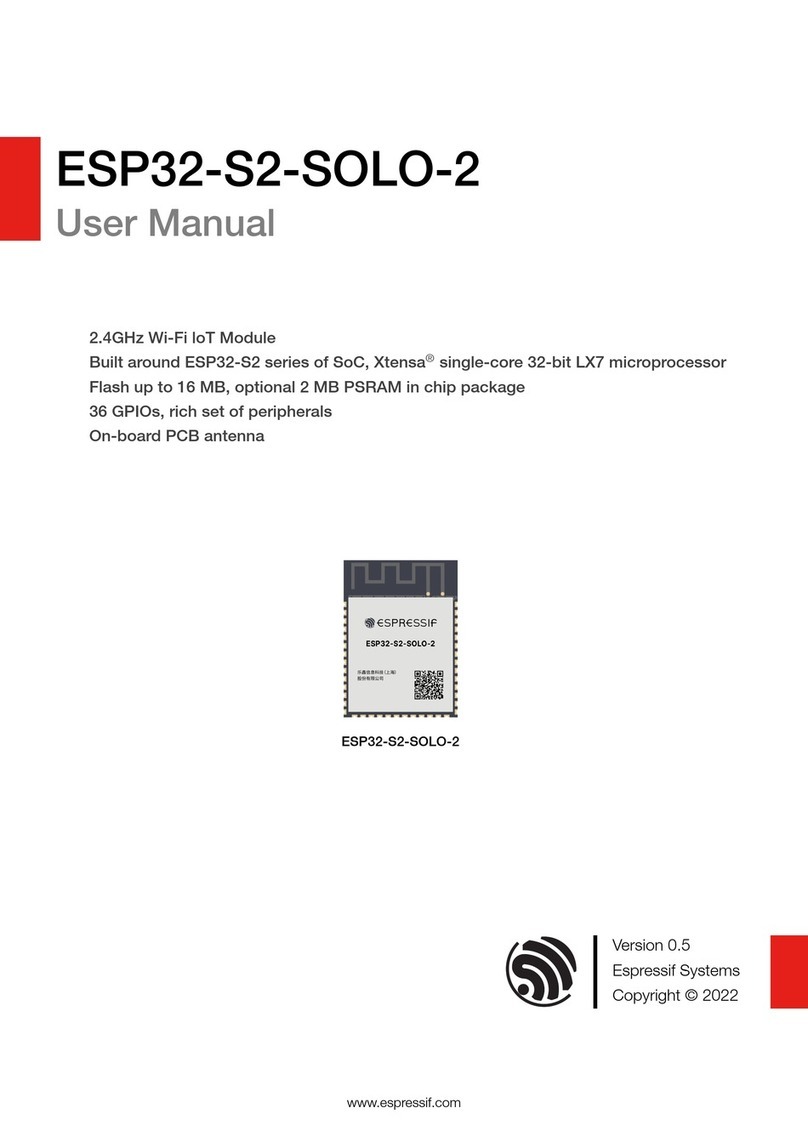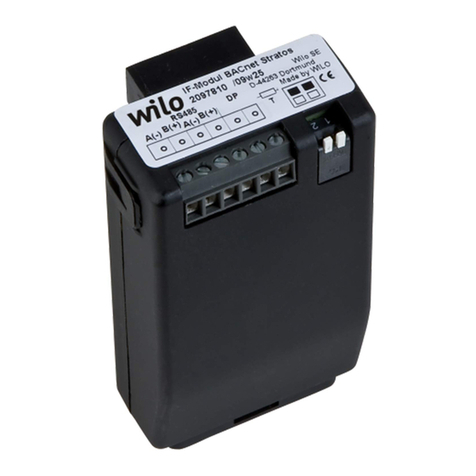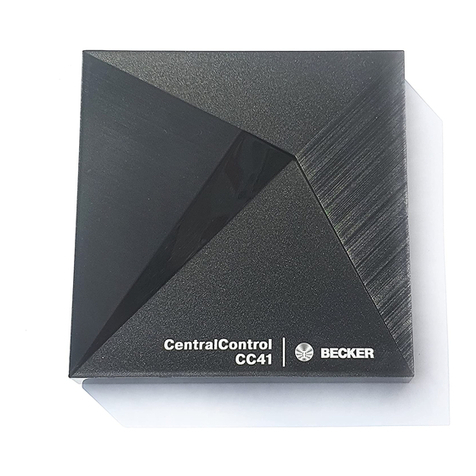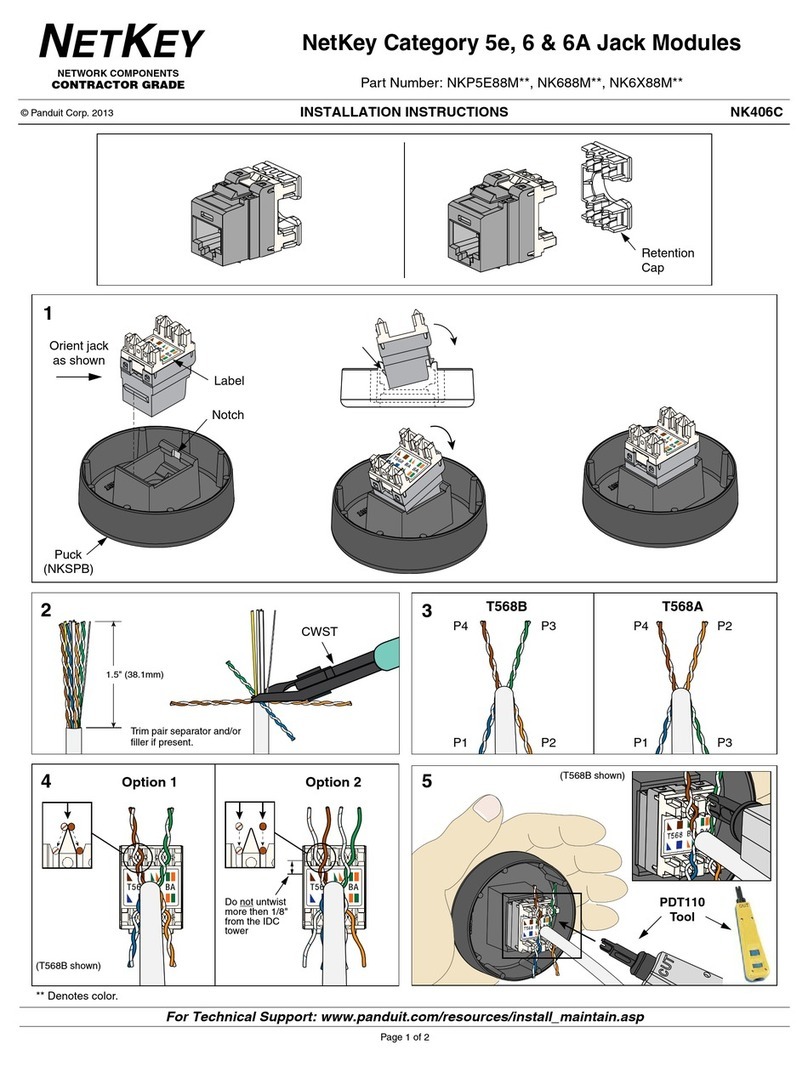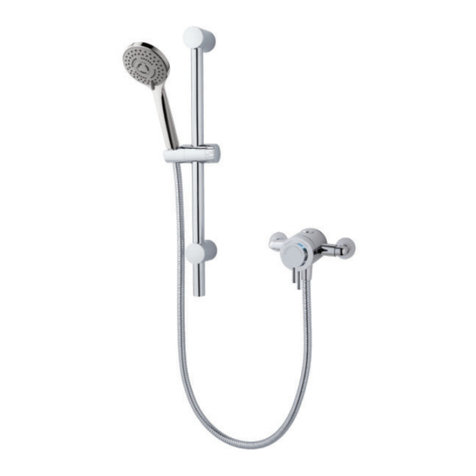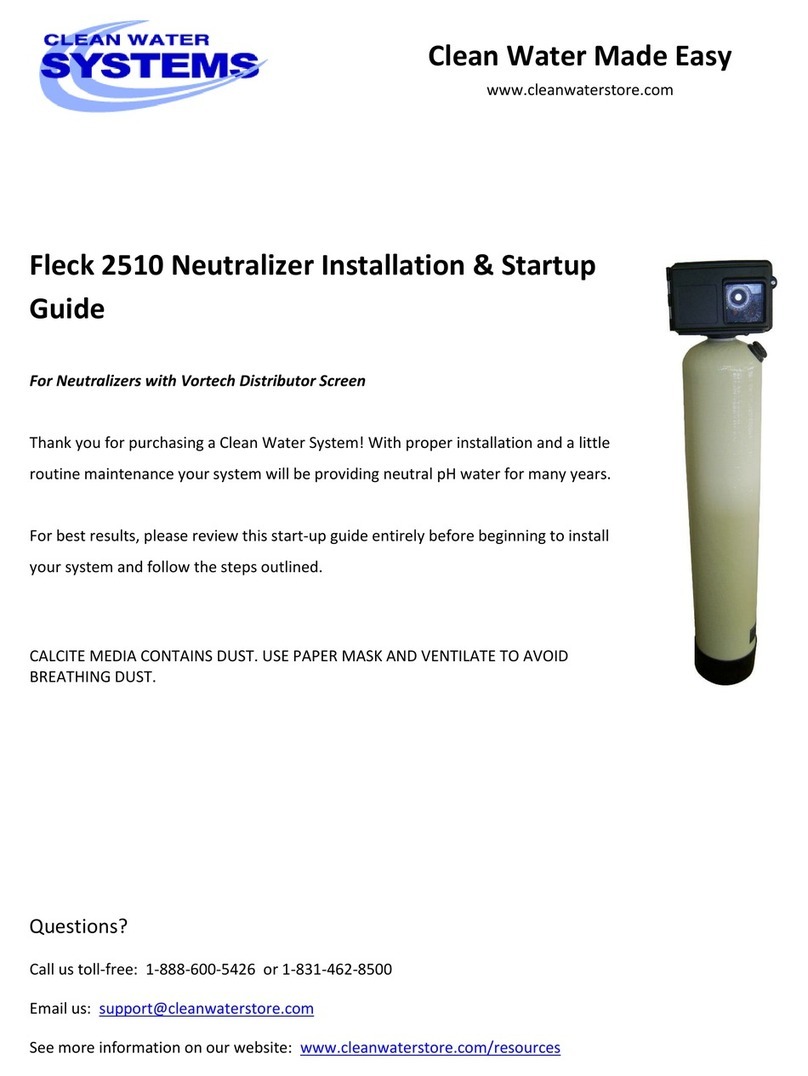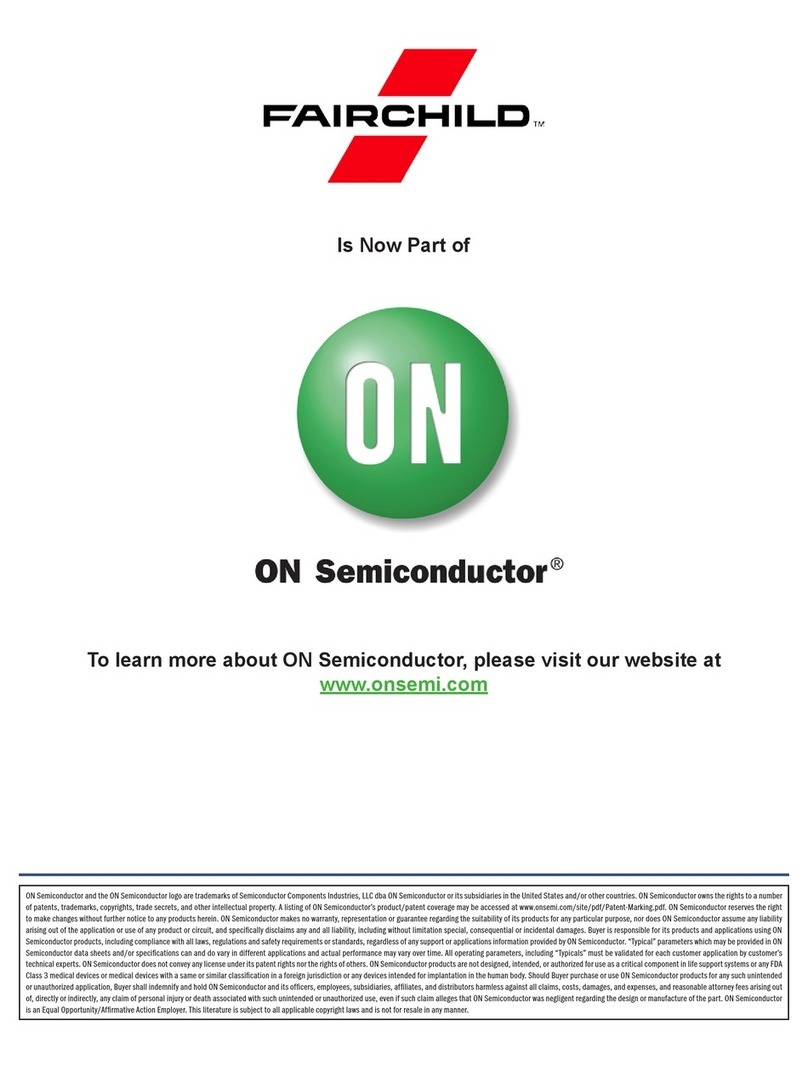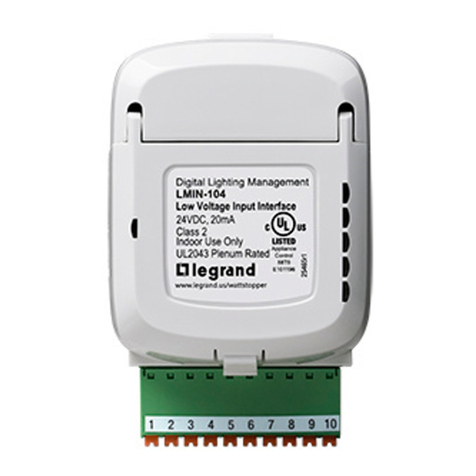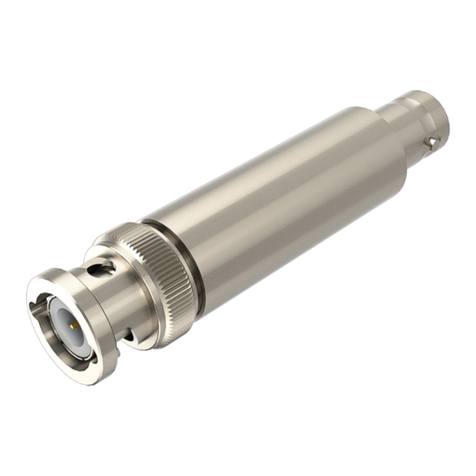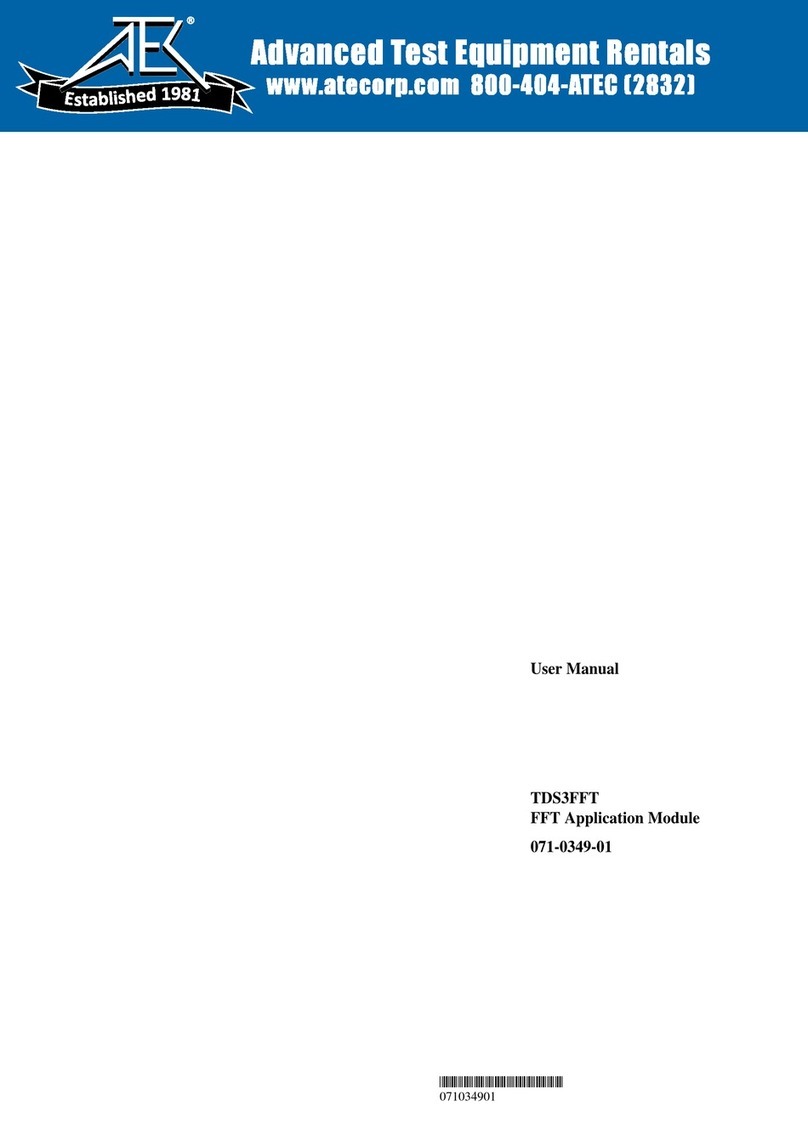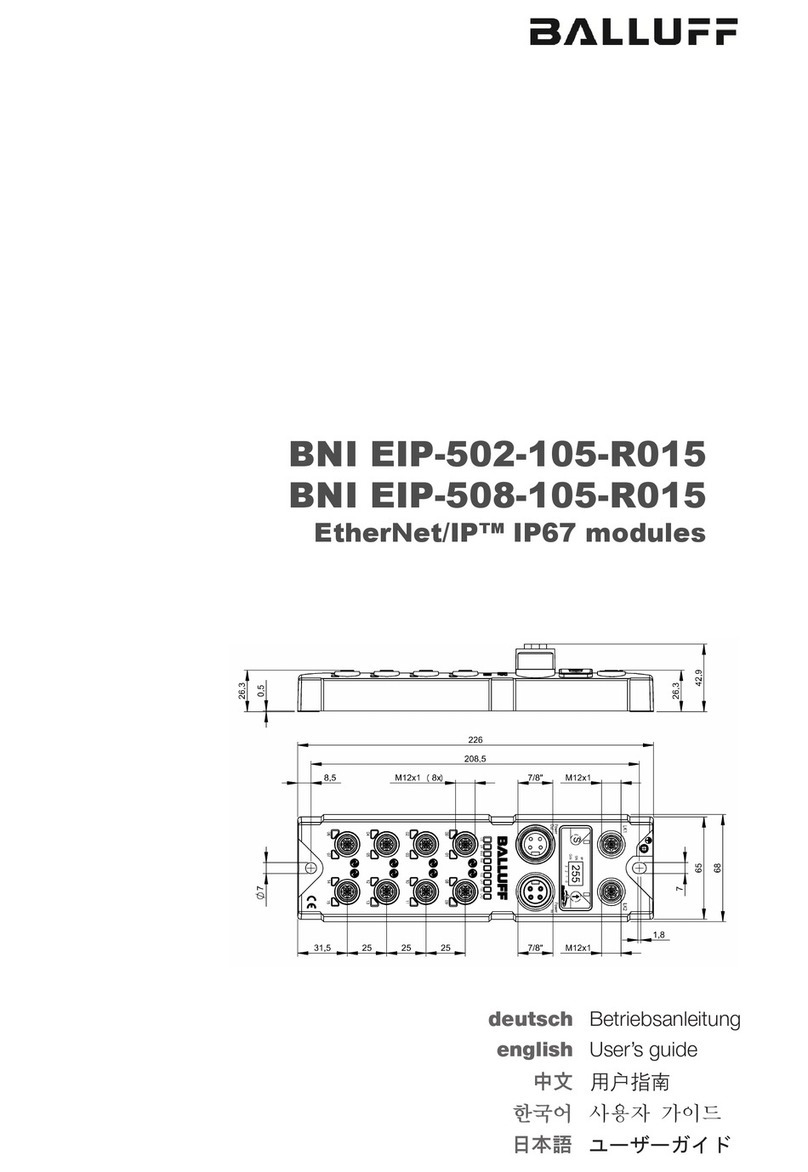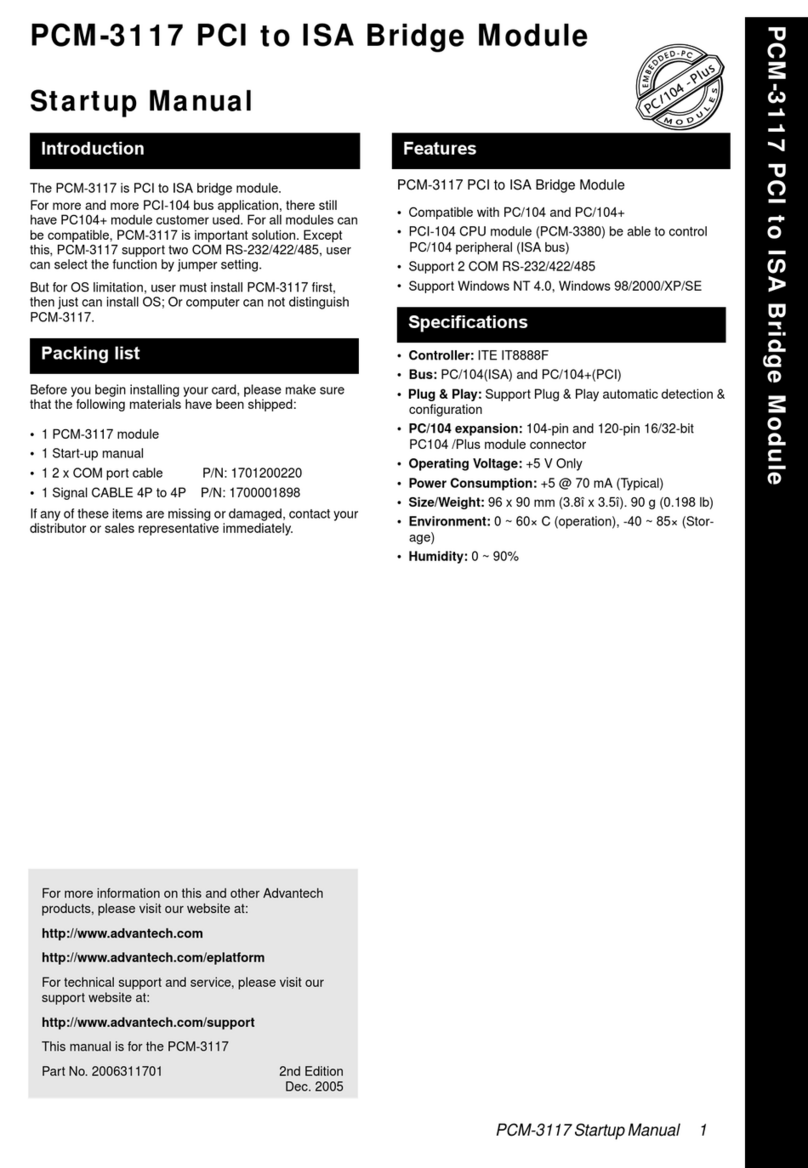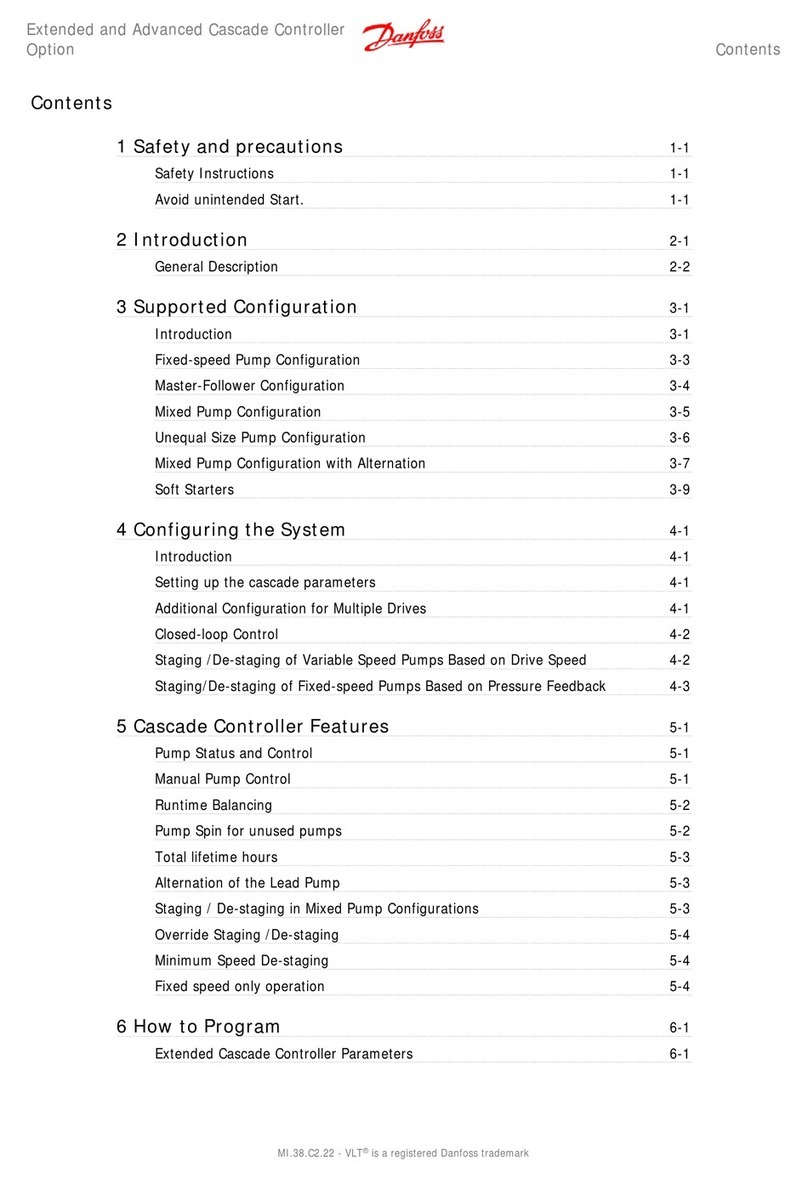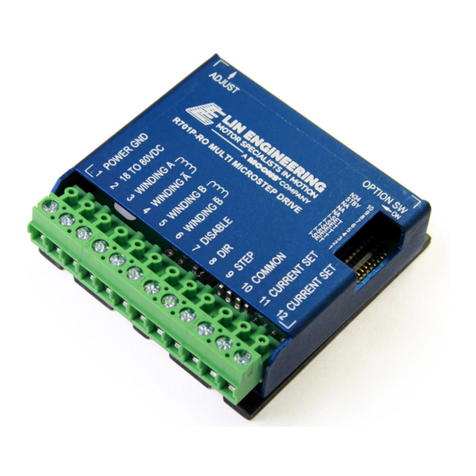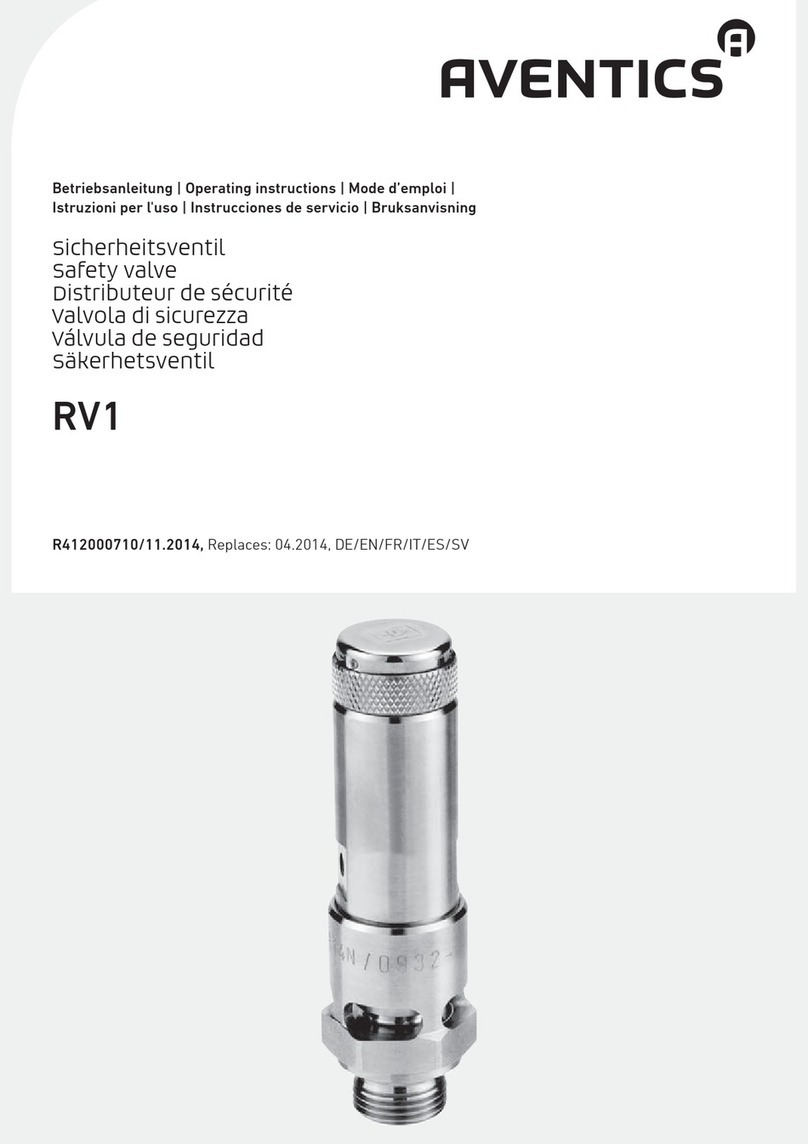
1. Overview
1. Overview
ESP32-WROVER-E is a powerful, generic WiFi-BT-BLE MCU module that targets a wide variety of
applications, ranging from low-power sensor networks to the most demanding tasks, such as voice encoding,
music streaming and MP3 decoding.
This module is provided in two versions: one with a PCB antenna, the other with an IPEX antenna. ESP32-
WROVER-E features a 4 MB external SPI flash and an additional 8 MB SPI Pseudo static RAM (PSRAM).
The information in this datasheet is applicable to both modules.
The ordering information on the two variants of ESP32-WROVER-E is listed as follows:
Table 1: ESP32-WROVER-E Ordering Information
(18.00±0.10)×(31.40±0.10)×(3.30±0.10)
ESP32-WROVER-E (PCB) or ESP32-WROVER-IE(IPEX) with 4 MB flash or 16 MB flash is available for
custom order.
For detailed ordering information, please see Espressif Product Ordering Information.
For dimensions of the IPEX connector, please see Chapter 10.
At the core of the module is the ESP32-D0WD-V3 chip*. The chip embedded is designed to be scalable and adaptive.
There are two CPU cores that can be individually controlled, and the CPU clock frequency is adjustable from 80 MHz to
240 MHz. The user may also power off the CPU and make use of the low-power co-processor to constantly monitor the
peripherals for changes or crossing of thresholds. ESP32 integrates a rich set of peripherals, ranging from capacitive touch
sensors, Hall sensors, SD card interface, Ethernet, high-speed SPI, UART, I²S and I²C.
Note:
*For details on the part numbers of the ESP32 family of chips, please refer to the document ESP32 User Manual.
The integration of Bluetooth, Bluetooth LE and Wi-Fi ensures that a wide range of applications can be targeted,
and that the module is all-around: using Wi-Fi allows a large physical range and direct connection to the
Internet through a Wi-Fi router, while using Bluetooth allows the user to conveniently connect to the phone or
broadcast low energy beacons for its detection. The sleep current of the ESP32 chip is less than 5 A, making
it suitable for battery powered and wearable electronics applications. The module supports a data rate of up
to 150 Mbps. As such the module does offer industry-leading specifications and the best performance for
electronic integration, range, power consumption, and connectivity.
The operating system chosen for ESP32 is freeRTOS with LwIP; TLS 1.2 with hardware acceleration is built
in as well. Secure (encrypted) over the air (OTA) upgrade is also supported, so that users can upgrade their
products even after their release, at minimum cost and effort.
Table 2 provides the specifications of ESP32-WROVER-E.
1
